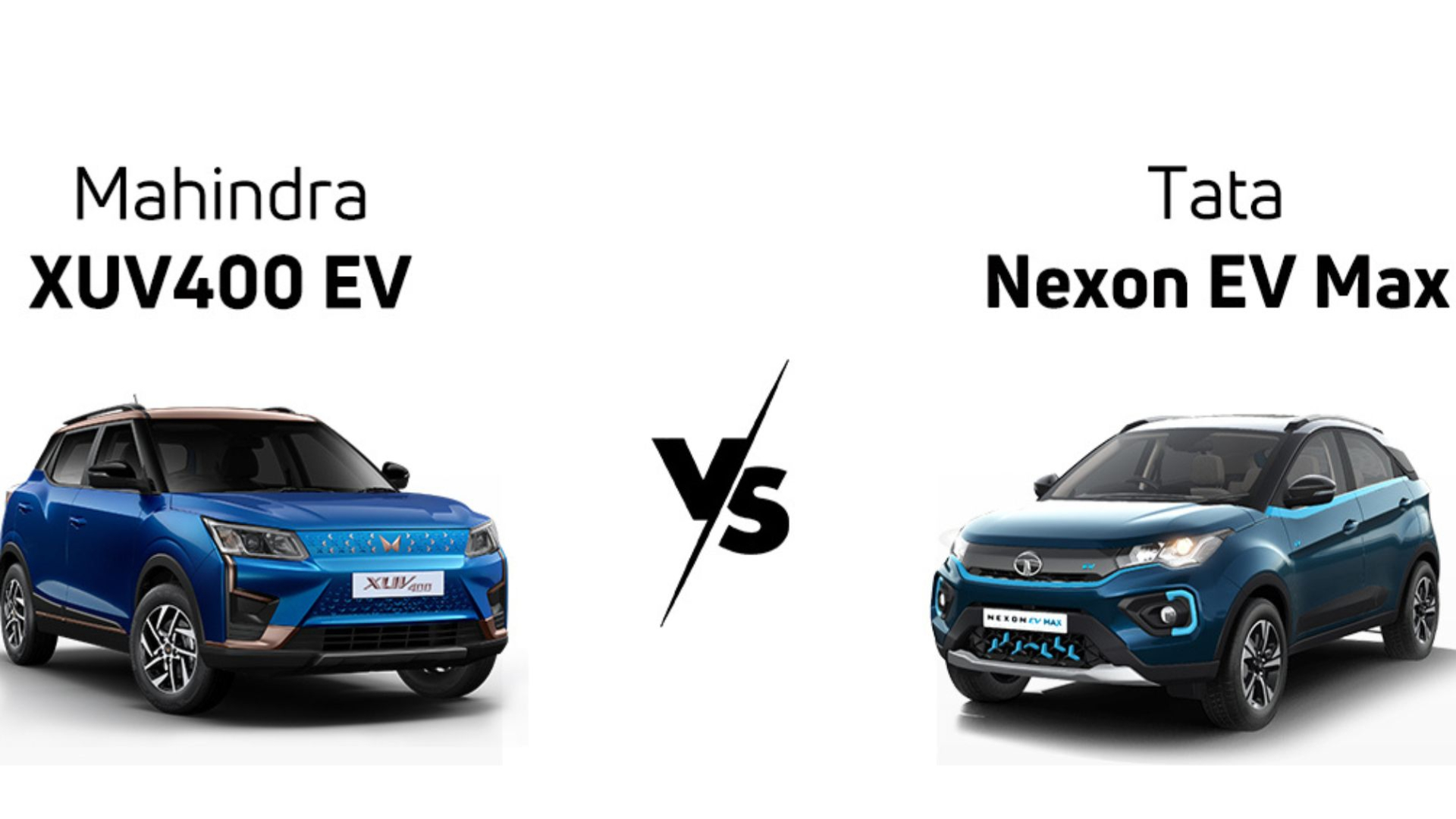The Indian electric vehicle (EV) market is experiencing a surge in popularity, with several compelling options emerging for eco-conscious drivers. Two of the most prominent contenders in the subcompact SUV segment are the Tata Nexon EV and the Mahindra XUV400. Both boast impressive features, competitive pricing, and – most importantly – a commitment to clean, electric mobility.

However, when it comes to choosing the right electric SUV, range anxiety often tops the list of concerns. While manufacturers advertise impressive “claimed ranges,” the real-world driving experience can paint a different picture. This article dives deep into the real-world range performance of the Tata Nexon EV Long Range (LR) and the Mahindra XUV400 EV Long Range (LR), helping you make an informed decision.
Claimed Range vs. Real-World Range: Unmasking the Numbers
On paper, the Tata Nexon EV LR appears to have the upper hand. It boasts a manufacturer-claimed range of 465 kilometers (km), compared to the XUV400 EV LR’s claimed range of 456 km. However, these figures are determined under controlled laboratory conditions and may not reflect everyday driving scenarios.
To provide a more accurate picture, we need to consider real-world range testing. Here’s where the tables turn slightly:
- Tata Nexon EV LR: In real-world testing, the Nexon EV LR achieved a range of approximately 284.2 km. This is a significant drop from the claimed range, but it’s still a respectable distance for many daily commutes.
- Mahindra XUV400 EV LR: Surprisingly, the XUV400 EV LR edged out the Nexon EV LR in real-world testing, achieving a range of roughly 289.5 km. While the difference is relatively small, it does give the XUV400 a slight edge in terms of real-world driving distance.
These real-world figures highlight the importance of considering more than just claimed range when evaluating electric vehicles. Factors like driving style, terrain, weather conditions, and use of features (such as air conditioning) can all affect the actual range you achieve.
Beyond Range: A Look at Other Key Considerations
While range is undoubtedly a crucial factor, it’s not the only aspect to consider when comparing the Tata Nexon EV LR and the Mahindra XUV400 EV LR. Here’s a breakdown of other key features to contemplate:
- Power and Torque: The Mahindra XUV400 boasts a slight advantage in terms of power output (150 PS vs. 144 PS for the Nexon EV) and torque (310 Nm vs. 215 Nm). This translates to slightly quicker acceleration for the XUV400.
- Features and Safety: Both SUVs offer a compelling array of features. The Nexon EV comes with a larger 12.3-inch touchscreen, V2L and V2V functionalities (allowing you to power external devices or even another EV), and a 360-degree camera. The XUV400 counters with a dual-zone climate control system, which could be a deciding factor for some drivers in hot climates. In terms of safety, both vehicles offer a good selection of airbags, electronic stability control, and tire pressure monitoring systems.
- Price: The price range for both EVs is quite similar, with the Nexon EV LR starting slightly lower at Rs 16.99 lakh (ex-showroom) and the XUV400 EV LR starting at Rs 17.49 lakh (ex-showroom). The final price you pay will depend on the specific variant and any dealership offers or discounts that may be available.
Important Note: It’s vital to research the latest pricing information from authorized dealerships before making a final purchase decision. Prices can fluctuate based on location, variant choices, and potential incentives.
Choosing Your Electric SUV Champion: A Final Verdict
Ultimately, the choice between the Tata Nexon EV LR and the Mahindra XUV400 EV LR depends on your priorities. If absolute maximum range is your top concern, the XUV400 might be a slightly better option based on real-world testing results. However, the Nexon EV offers some unique features like V2L and V2V capabilities, which could be appealing to some drivers.
Frequently Asked Questions:
Q: Which EV has a faster charging speed?
A: The Mahindra XUV400 EV LR boasts a faster charging speed of up to 45 kW, compared to the Nexon EV LR’s maximum charging speed of around 30 kW. This means the XUV400 can potentially recharge faster at compatible DC fast-charging stations.
Q: Are there any government incentives available for purchasing an electric SUV in India?
A: Yes, the Indian government offers various subsidies and benefits for purchasing electric vehicles. These incentives can vary depending on your location and the specific EV model you choose. It’s best to check with your local dealership or consult government websites for the latest information on available EV incentives.
Q: Which EV offers a more spacious interior?
A: The Tata Nexon EV offers a slightly more spacious interior compared to the Mahindra XUV400. This could be a crucial factor if you frequently carry passengers or require extra cargo space.
Q: How long does it take to fully charge either of these EVs using a home charger?
A: Charging times will vary depending on the capacity of your home charger and the remaining battery level of the vehicle. Generally, a full charge from a 7 kW home charger could take anywhere from 6 to 8 hours for both the Nexon EV LR and the XUV400 EV LR.




